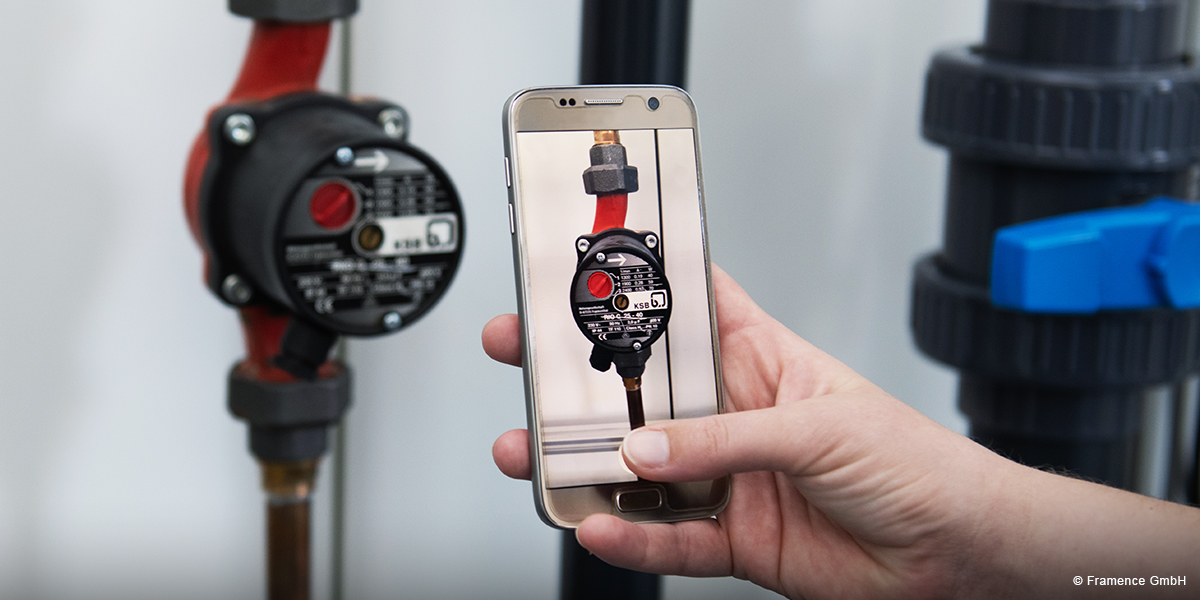In our last blog, we talked about how digital twins can be brought to life. Or to put it in other words; how digital twins can easily be connected to existing process systems, sensor databases or IoT-clouds.
We would like to dedicate this blog to explore more about the fundamental topic of regularly updating static content.
Any digital representations such as floorplans, 3D-models or photorealistic digital twins are only worthwhile, when they represent the current real-life situation. However, since we live in a world that is constantly changing, it is vital that these representations are therefore updated regularly. Depending on the individual use case and the environment captured, the recapture may be necessary within days or within weeks.
Many available methods for creating digital twins nowadays fail to do so. As updates are accompanied by high costs and high efforts and are therefore uneconomical.
Therefore, at FRAMENCE we have put a focus on the possibilities of updating the twins. Only when a twin can be updated quickly and easily, it can be used cost-effectively in the long term.
The biggest advantage of FRAMENCE is to only use images taken with commercially available camera equipment for creating the twin. This allows the user to take the photos themselves. Therefore, there is no need for expensive, external specialists with complex special equipment. Depending on what the user wants to capture, simple 360° cameras or even mobile phones can be used for model updates.
In FRAMENCE we exclusively use picture models (comparable to Google Street-View), which we can supplement with existing 3D objects. Only in exceptional cases, those picture models are turned into the well known doll-house models. The doll-house models do not only need a high degree of computational effort as well as manual post processing, but also these mesh models reduce the accuracy quite significantly.
Using pictures only has a huge advantage in terms of updating the models. Parts of an existing model can be updated by adding new images without affecting the rest of the model. After a change, the user takes photos of the new situation and uploads them into FRAMENCE. The new pictures then automatically become a part of the model.
This makes it easy to document the many small changes such as the replacement of devices or components during repairs and maintenance. This is how the digital twins always remain up to date and true to reality.
Most technicians already document their work using photos taken with their mobile phones. Typically, these pictures are attached to an invoice or kept as proof of work. We have integrated this already existing documentation process into FRAMENCE. With the help of an AI-supported function, these photos are also integrated into the picture models.
In FRAMENCE, pictures are never deleted, but only terminated on the timeline. This allows the user to look at past situations at any given point of time by simply moving along the built-in time slider.
This unique combination of simple capture methods and advanced AI-supported image processing allows our customers to keep their digital twins up to date.
FRAMENCE enables you to transfer your digital twins from internal test beds and labs over to an efficient day to day use.








